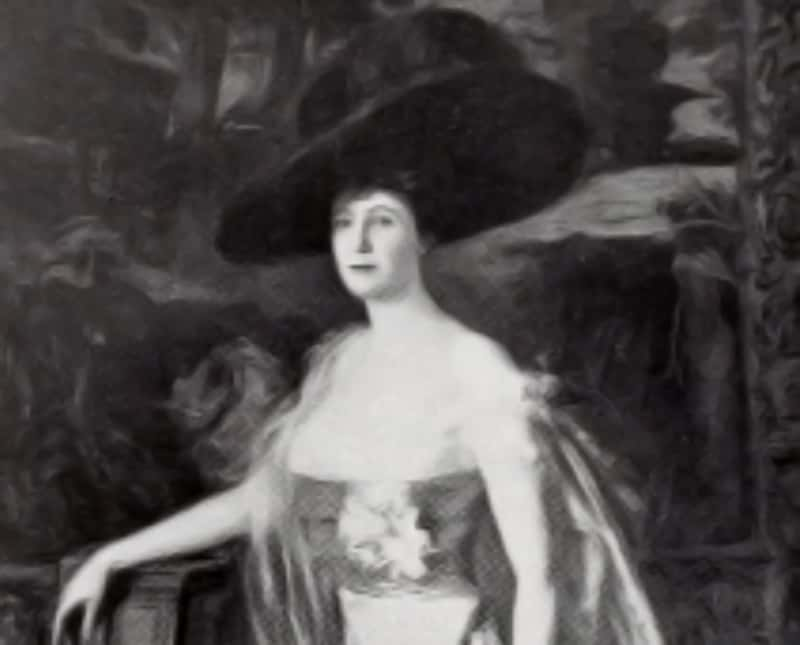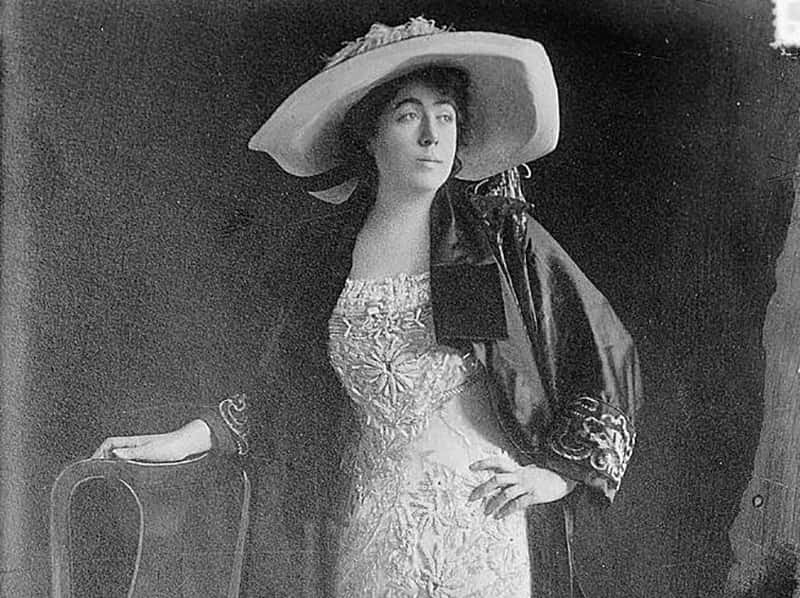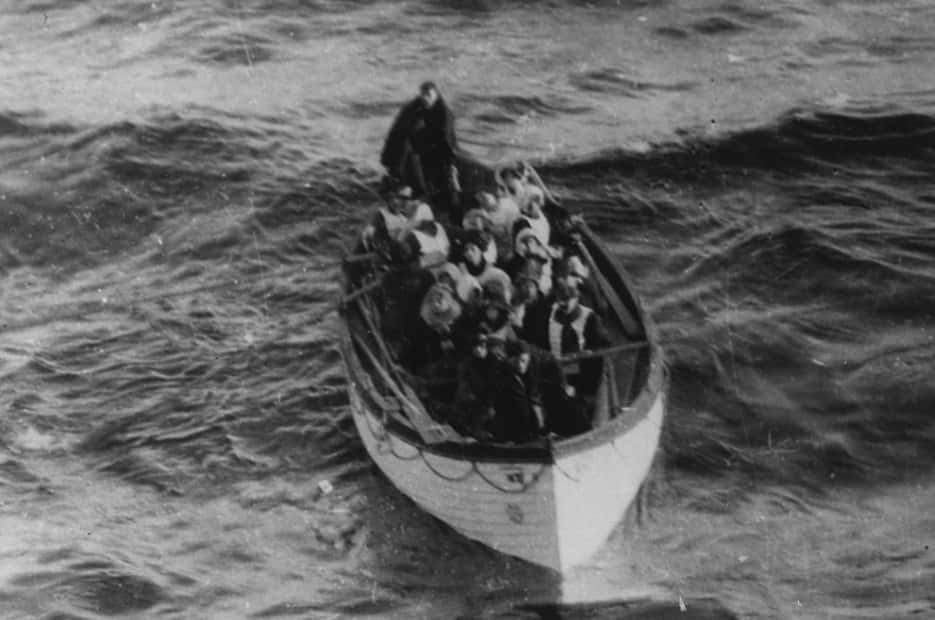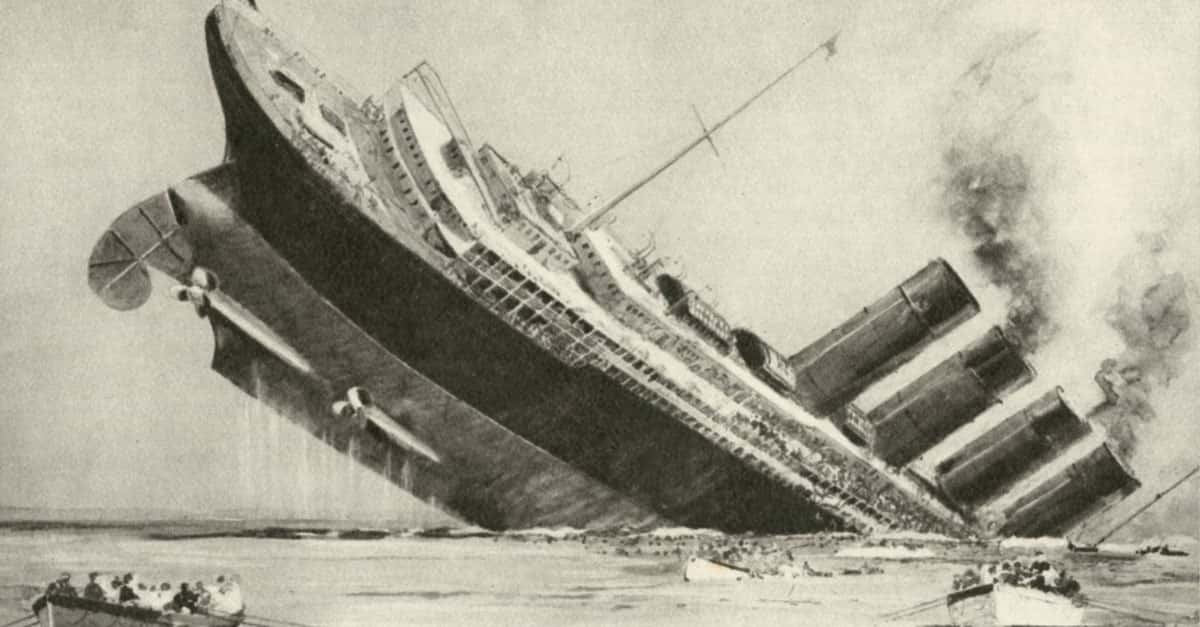To remain “unsinkable” in the face of the unthinkable, it’s safe to say a person needs to have thick skin. Whether the famously dubbed “Unsinkable Molly Brown” truly felt as brave as she appeared to her fellow passengers, she is remembered as a woman of indomitable spirit in one of the most famous disasters of the early twentieth century. More than that, a look at Molly’s life both before and in the wake of tragedy reveals her to be a woman ahead of her time.
1. A Moniker From Molly’s Mouth?
The “unsinkable” moniker so commonly attached to Brown was inspired by her words following the Titanic’s sinking. While being interviewed on the disaster by reporters, Molly apparently stated, “Typical Brown luck. We’re unsinkable". The phrasing has stuck throughout time.

2. Or Myth?
While the famous phrase, “Typical Brown luck. We’re [or I'm] unsinkable,” is attributed to Molly, some speculate that the cheeky quote was not Brown’s words at all, but could instead be traced back to a Denver gossip column, Polly Pry’s “Town Topics".
3. Maiden Molly
Prior to her rise to household name fame, Brown’s origins can be traced back to Hannibal, Missouri. Molly was born in 1867 as Margaret Tobin to Irish immigrant parents, John and Johanna Tobin. At that time, Hannibal was a diverse community, and her parents took comfort in the company of other Irish Catholics.
4. Humble Beginnings
By the time of the Titanic’s sinking, Brown had risen to prominence as a member of the upper class, but this was not her reality growing up. Molly’s family was familiar with the harsh conditions faced by those of the labor class, and she began factory work herself at age 13. Like her father and community members, Brown’s life consisted of grueling work days and paltry wages.
5. Raised To Thrive
Although no one can say for certain where Brown gained her unsinkable spirit, clues can perhaps be found in her upbringing. The Tobin parents held progressive views for their time, and believed in the value of a good education for their daughter.
 The Unsinkable Molly Brown (1964), MGM
The Unsinkable Molly Brown (1964), MGM
6. All That Glitters
Brown nurtured dreams to leave home for the west, and upon young adulthood, she followed them to the mining town of Leadville, Colorado. Life in Leadville was hardly glamorous. Brown worked at a local department store, but she witnessed the hardships faced by miners who had uprooted their lives to pursue Leadville’s promise of wealth and prosperity. Despite dreams of striking gold, many instead found themselves struggling to make ends meet and working under extreme conditions. During this time, she dedicated her time to local charities and soup kitchens.
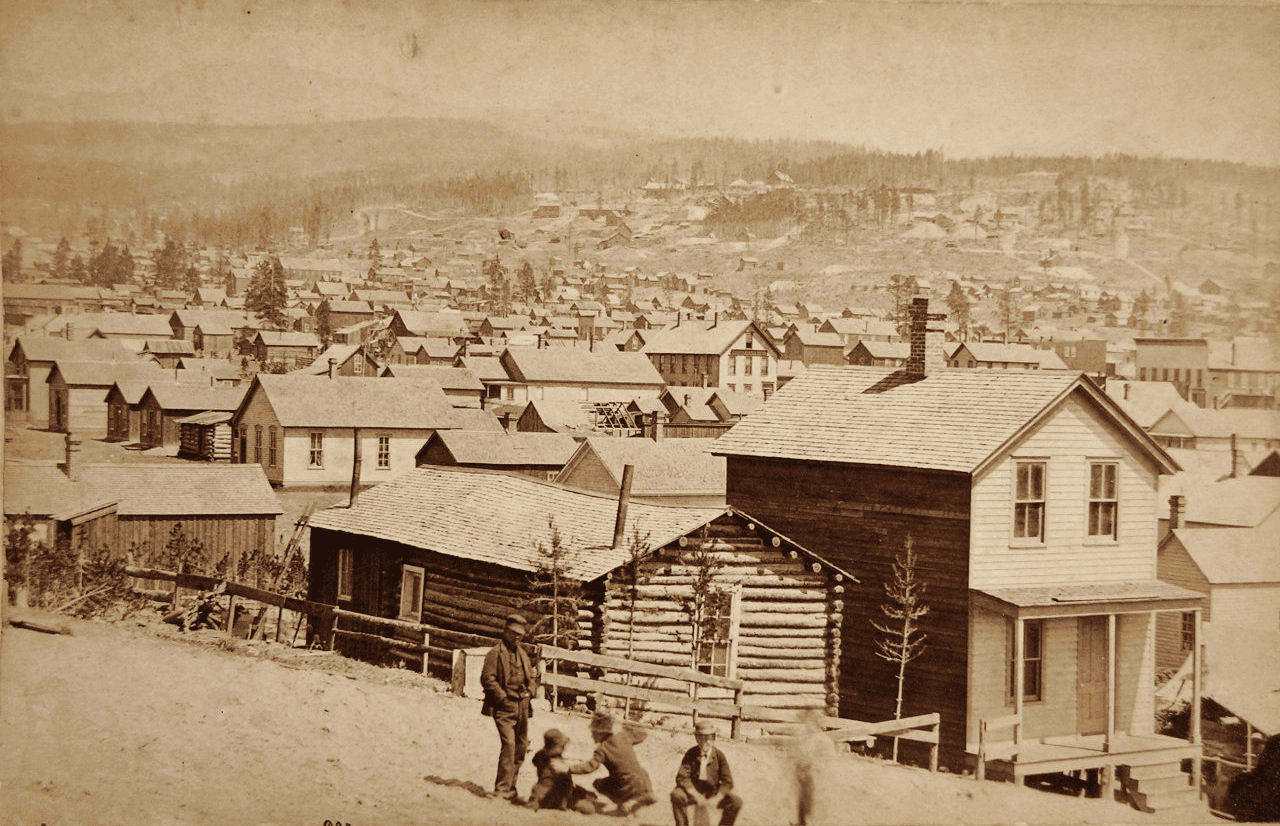 Wikimedia Commons, Boston & Ziegler
Wikimedia Commons, Boston & Ziegler
7. Marrying Young
At the tender age of 19, Molly met 31-year-old mining engineer J.J. Brown in Leadville. After a short summer courting period, the fortuneless pair tied the knot in September, 1886.
 The Unsinkable Molly Brown (1964), MGM
The Unsinkable Molly Brown (1964), MGM
8. Love In Leadville
By Brown’s own account, her match with J.J. was borne out of true affection. Brown is quoted as stating, “I decided that I’d be better off with a poor man whom I loved than with a wealthy one whose money had attracted me. So I married Jim Brown".
 The Unsinkable Molly Brown (1964), MGM
The Unsinkable Molly Brown (1964), MGM
9. A Lucky Strike
The silver market crash of 1893 dashed many locals' hopes of ever obtaining wealth. Incidentally, it was around this time that J.J.’s own research paid off, and he struck gold in the Little Johnny Mine. Overnight, the Browns found themselves millionaires. It was through this fortune that Molly would eventually find herself sailing first class on the Titanic.
10. New Money
A comfortable life was everything Brown wanted, but she found the position of a society woman a hard burden to bear. She made sure to learn about art and languages and supported many social programs, but she always felt like an outsider. Indeed, the exclusive Denver society Sacred 36 refused to admit her as a member. It may have been a blessing in disguise: Brown would later call the club’s leader, Louise Sneed Hill, “the snobbiest woman in Denver".
11. Unseating Tradition
Under her newfound wealth, Brown became a proponent of social reform, and would even run for a seat in the state senate in 1901. Unfortunately, she stepped out of the running before election day.
12. A Man Of His Time
Although it is challenging to ascertain whether the Browns' marital bond maintained its love essence post-wedding, there is a probability that Molly's political ambitions were not particularly agreeable to her husband. J.J. seemingly concurred with a prevalent opinion among his fellow men during his time, regarding that a woman's life should ideally be signaled in the newspapers merely three times: for her birth, her wedding, and her departure from life. Ironically, Molly’s fame amongst the press following the Titanic’s sinking would fly directly in the face of Brown’s reservations.
13. The Couple That Travels Together…
While it is easy to speculate that Molly’s 1901 withdrawals from the senate running may have resulted in (or been caused by) some sort of rift with her more traditionally-minded husband, the couple were travelling the world together a mere year later. Molly and J.J.’s world tour took them to Ireland, France, Russia, Japan, and India. The pair was known to share a passion for travel.
 The Unsinkable Molly Brown (1964), MGM
The Unsinkable Molly Brown (1964), MGM
14. Dabbles In Writing
On her travels, Brown was hardly idle. She took up travel writing and took a particular interest in describing the caste system of India in some of her writings.
15. Separation With A Catch
The Browns finally called it quits in 1909 after 23 years of a marriage. While being unattached could be a frightening prospect for a woman at that time, Molly walked away with a cool cash settlement that would ensure she could comfortably maintain her philanthropic endeavors—and still travel.
16. Technically Still Tied up
Despite their separation, Molly and J.J. never officially divorced.
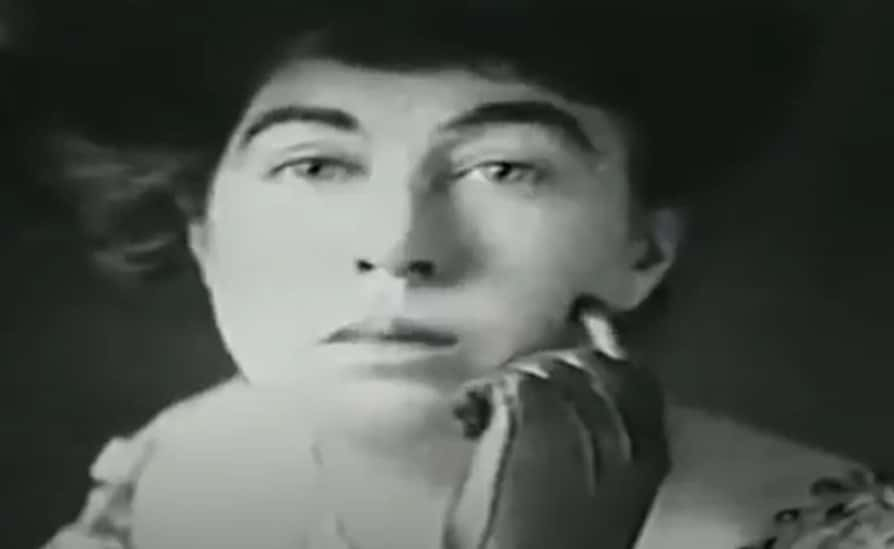 Biography (1987– ), Titanic: The Unsinkable Molly Brown, A+E Networks
Biography (1987– ), Titanic: The Unsinkable Molly Brown, A+E Networks
17. Meant To Be
While many passengers were on the Titanic for luxury or practical purposes, Brown’s presence was a last-minute emergency booking. While vacationing in Europe with her daughter, Brown received news that her grandchild had fallen ill, and she made arrangements to go to New York.
18. When The Great Ship Went Down
Despite being touted as the safest ship ever built, on the night of April 14, the Titanic struck an iceberg. The ship's hull compartments were breached by the iceberg, and they filled with water, causing the bow to sink and the stern to raise up to an almost vertical position. Then the ship broke in half, and at about 2:20am on April 15, it sank into the ocean.
19. They’d Been Warned
The iceberg that the Titanic struck didn’t exactly come out of nowhere. The crew had received six ice warnings prior to the collision, all of which they ignored.
20. Human Cost
According to many modern estimates, 1,517 people, the vast majority of them poor second- and third-class passengers, perished in icy waters. Only 706 people survived.
21. A Little Linguistic Luck
Due to Brown’s extensive travels and exposure to multiple languages throughout her life, she was able to comfort some of her non-English speaking fellow passengers during the tragedy.
22. One Hour Delay
There was a delay of about 60 minutes from the time of the Titanic collision to when its first lifeboats were launched. Part of the reason for the delay was that many people believed the call to the lifeboats was a drill and stayed inside where it was warm. Once the order to launch the lifeboats was given, there was also a lot of confusion about where to go, as there had not been any lifeboat drills.
23. Not Enough Time
As a result of the delay launching the first lifeboat, there was not enough time to successfully launch the remaining lifeboats. Two of the collapsible lifeboats were never actually launched, but floated away as water washed over the ship.
24. Lifeboat No. 6
Molly, however, got lucky: she was able to snag a lifeboat, though she had to be dragged away from helping other passengers into their own vessels. Lifeboat No. 6, like many of the boats that left the sinking ship, was nowhere near full capacity. Able to hold around 65 passengers, the lifeboat fled the Titanic carrying less than half that number.
25. Won't Turn Her Back
It was likely Brown's actions on Lifeboat No. 6 in those early morning hours that earned her a place in history. Brown began to argue with Quartermaster Robert Hichens, who was in charge of the boat, reportedly urging him and her fellow passengers to go back toward the wreckage to save more people. Sadly, Hichens refused, saying that the poor souls in the waters might try to get in and drag the boat down, dooming everyone.
26. By Any Means Necessary
It's unclear whether Brown was ever able to get the boat to turn around, but we do know she was pretty feisty about it. She took an oar and tried to steer the boat back by herself, and was heard loudly threatening to throw Hichens overboard.
27. Down With His Ship
Unlike Brown, Captain Edward Smith went down with the Titanic. His last confirmed words were to his crew: he said, "Well boys, do your best for the women and children, and look out for yourselves". Smith was last seen on the bridge minutes before the ship sank, and is believed to have gone under the waves and drowned.
28. Cool In A Crisis
Upon rescue by the Carapathia, Brown recognized that many of the less-fortunate women had lost their entire families and fortunes. She gathered support from her fellow first-class passengers to donate money to the struggling widows and their children. By the time the Carpathia docked in New York, $10,000 was raised in this effort.
29. A Reluctant Recipient Of Praise
Brown became famous for her tireless efforts to help during the tragedy. However, she revealed a dry sense of humor and a general bafflement over all the acclaim. She wrote to her daughter, "After being brined, salted, and pickled in mid-ocean I am now high and dry...I have had flowers, letters, telegrams-people until I am befuddled. They are petitioning Congress to give me a medal...If I must call a specialist to examine my head, it is due to the title of Heroine of the Titanic".
 Titanic (1997), Twentieth Century Fox
Titanic (1997), Twentieth Century Fox
30. A Posthumous Name
Brown’s title as the “Unsinkable” wasn’t actually attributed to her during her lifetime.
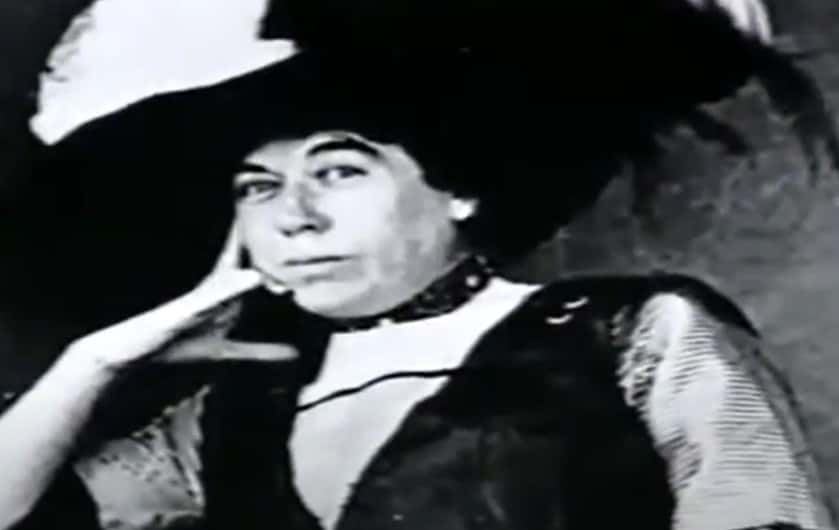 Biography (1987– ), Titanic: The Unsinkable Molly Brown, A+E Networks
Biography (1987– ), Titanic: The Unsinkable Molly Brown, A+E Networks
31. Fame Put To Good Use
Ever practical, Brown was able to bolster her desire to champion women’s rights through her fame. She was the first woman to run for Congress in 1914, and was very active in politics.
2. The Legacy
Despite Brown's undeniable contributions to helping Titanic survivors, the reality of the time meant that she was unable to be a part of the Titanic hearings. However, she was part of the Survivors Committee, and played a part in getting a Titanic memorial erected in Washington.
33. Molly Media
Brown’s fame eventually lead to her inclusion in a 1940s fictional radio broadcast series. Additionally, a Broadway play, The Unsinkable Molly Brown, focused on her as the central character and was eventually adapted for the big screen. Perhaps better known today, Brown’s character was also played by a feisty, non-nonsense Kathy Bates in James Cameron’s 1997 box-office hit Titanic.
 Titanic (1997), Twentieth Century Fox
Titanic (1997), Twentieth Century Fox
Ever wonder why and how the Titanic sunk? Check out our article on the Titanic and on its sinking.





